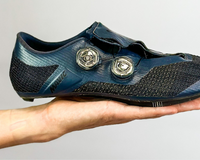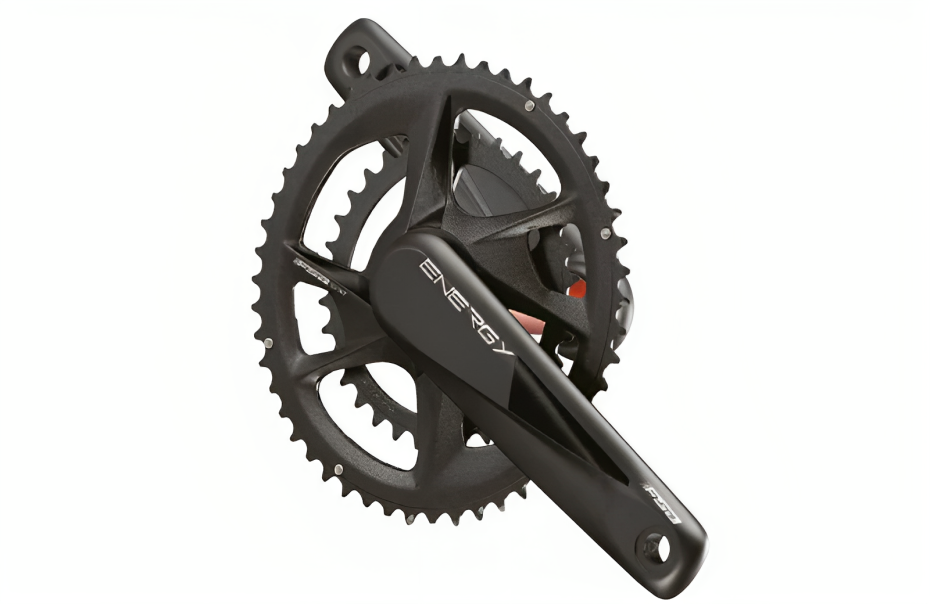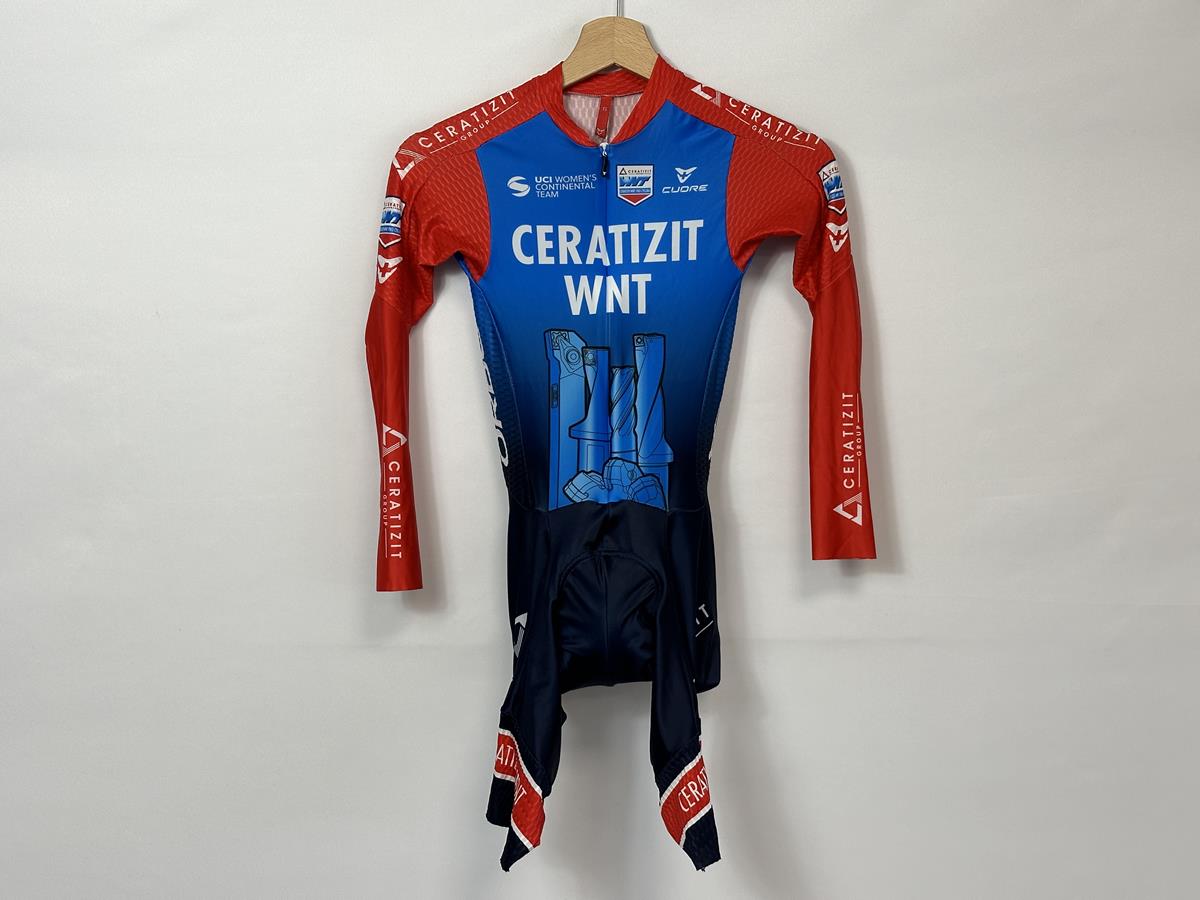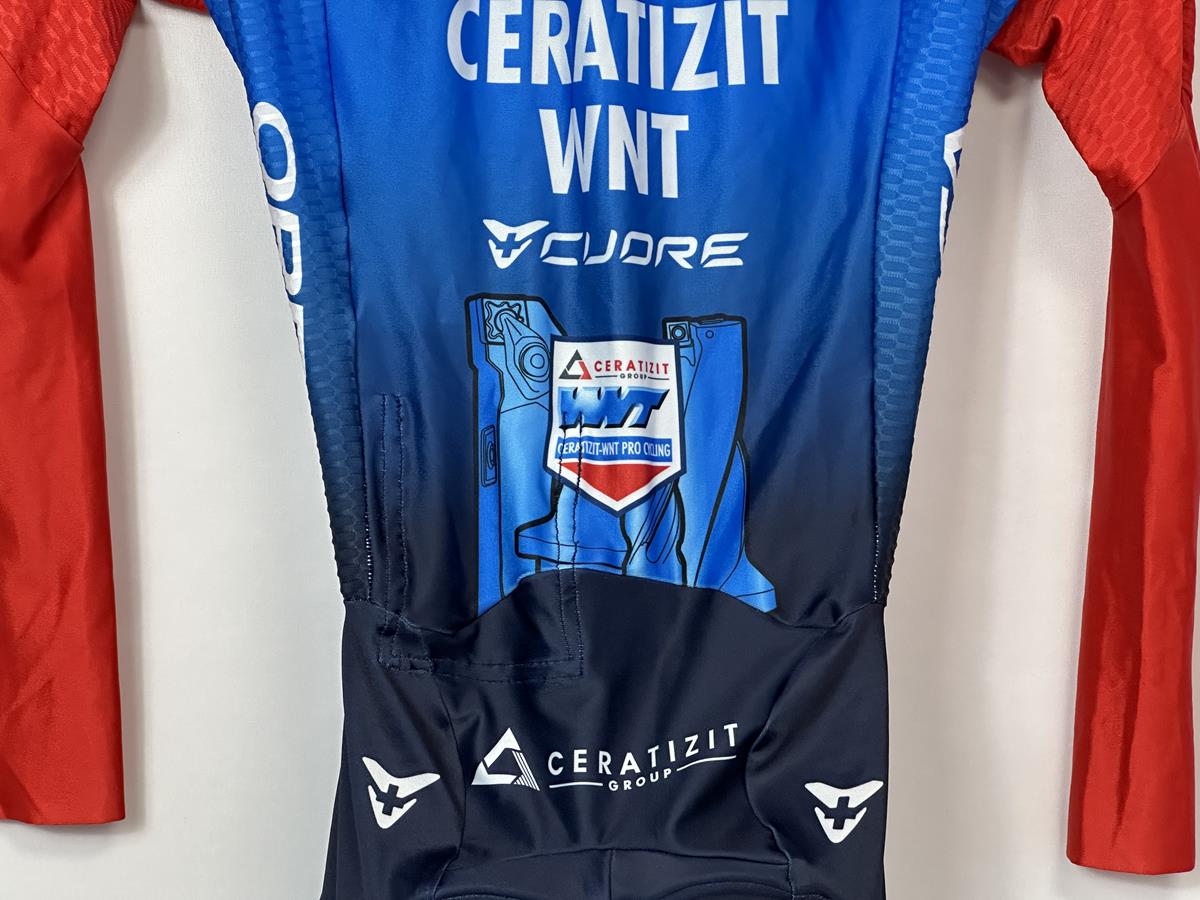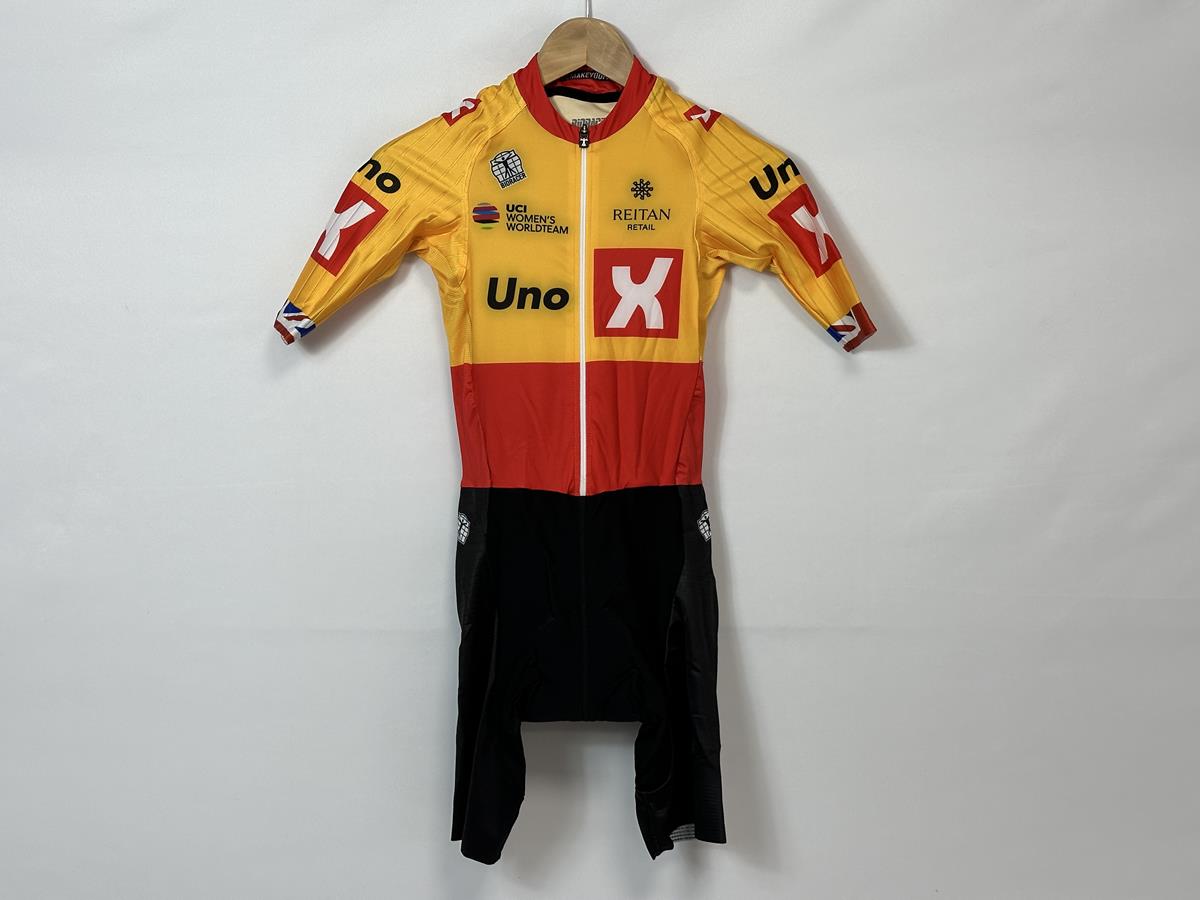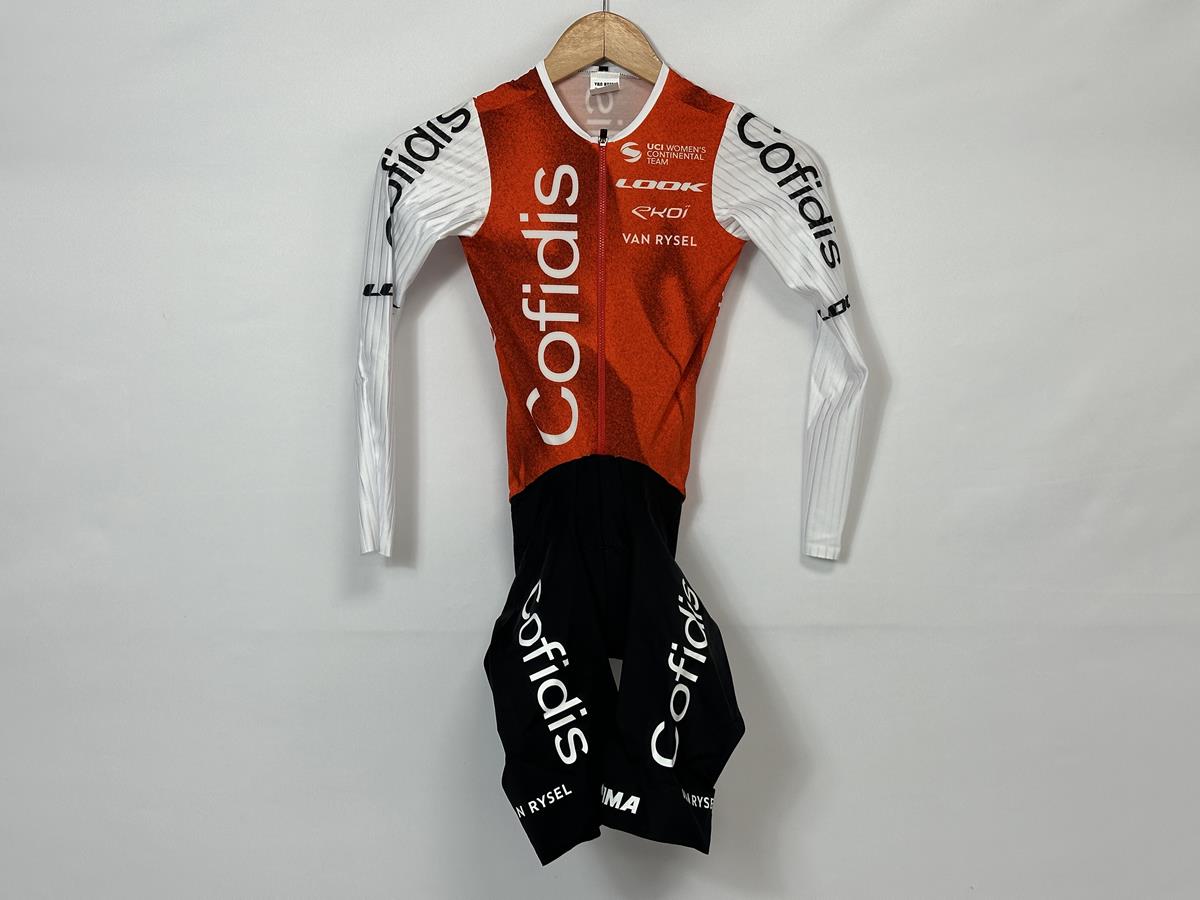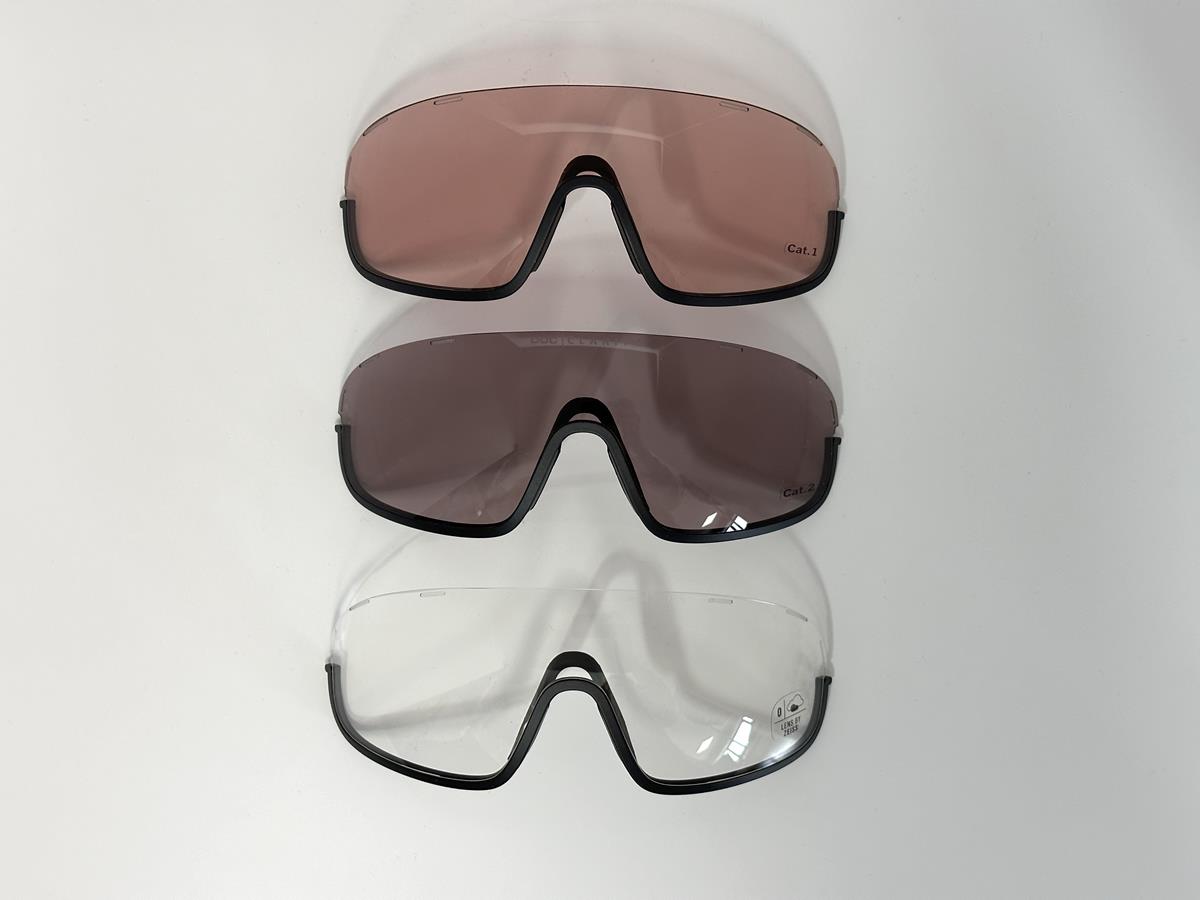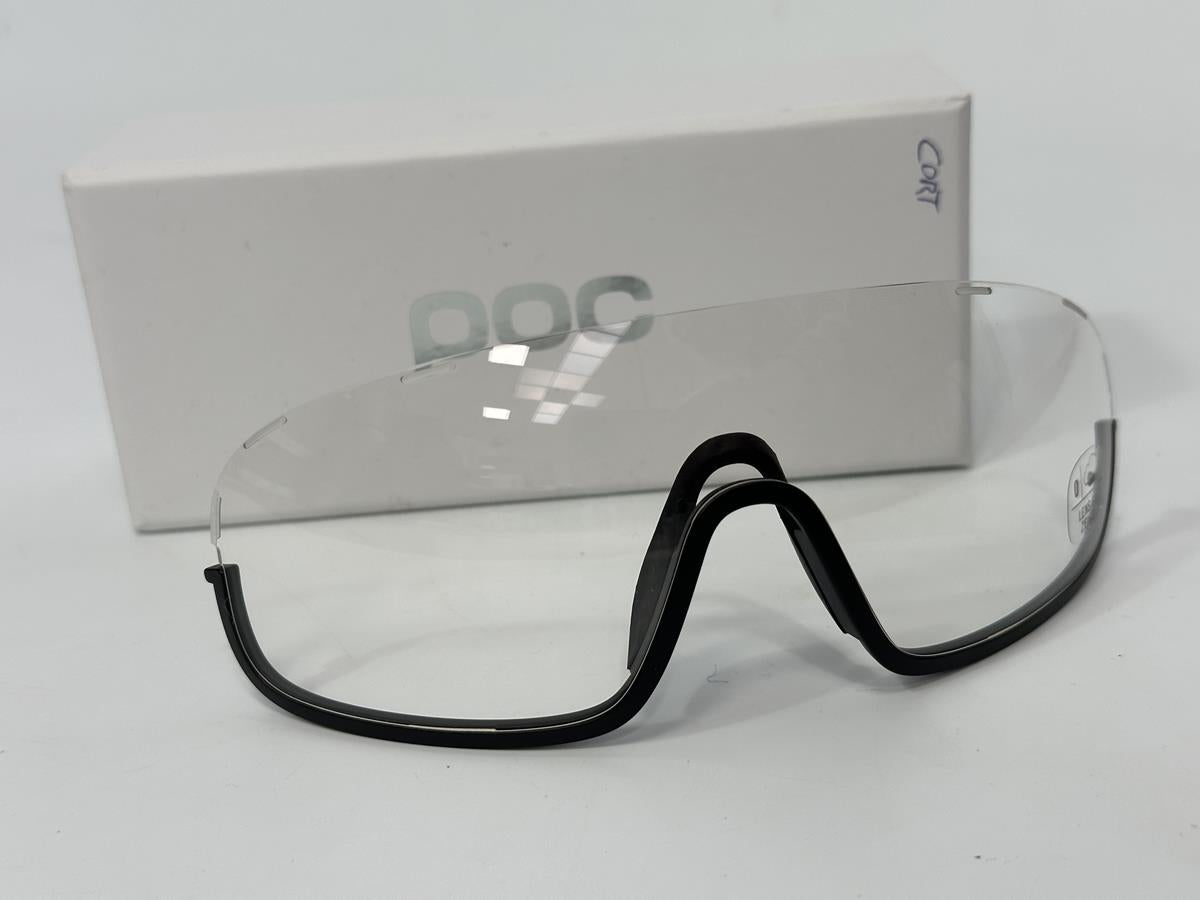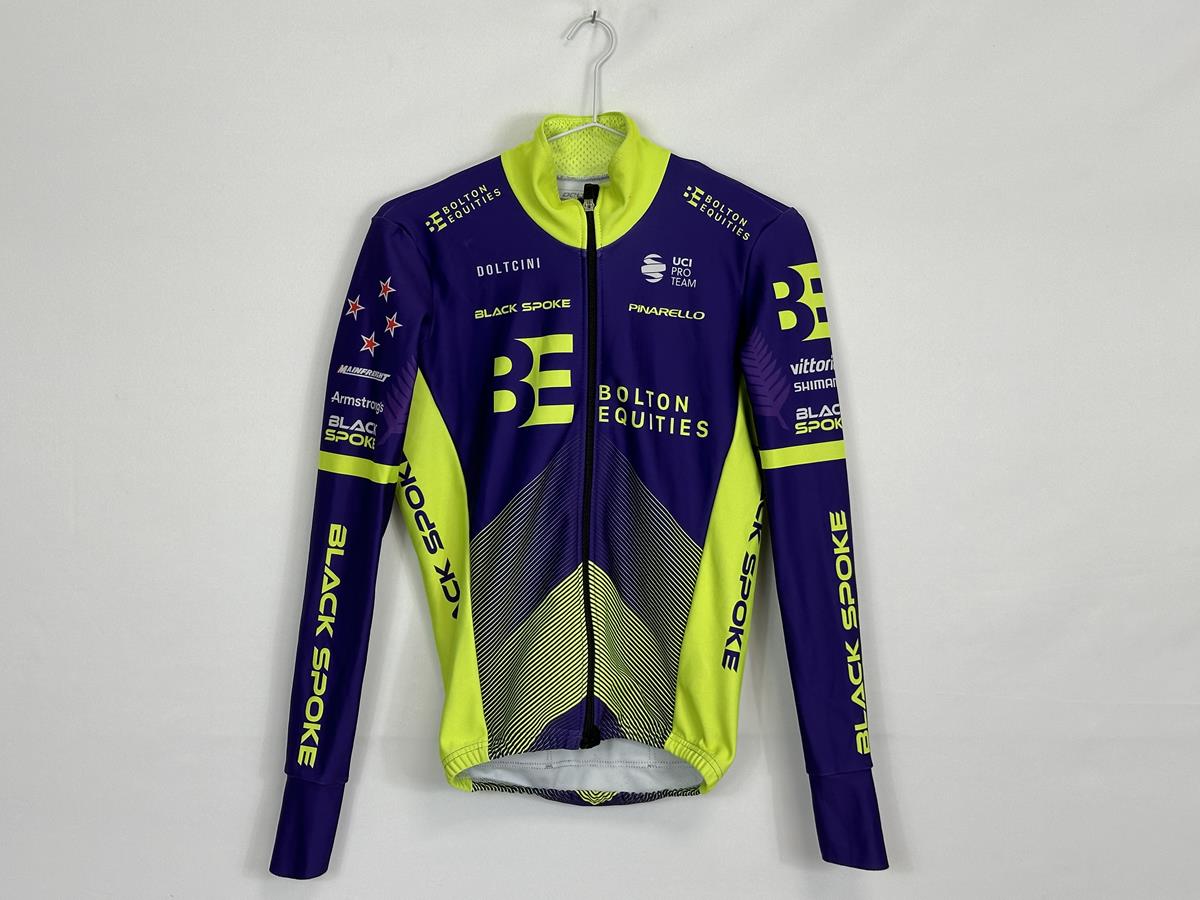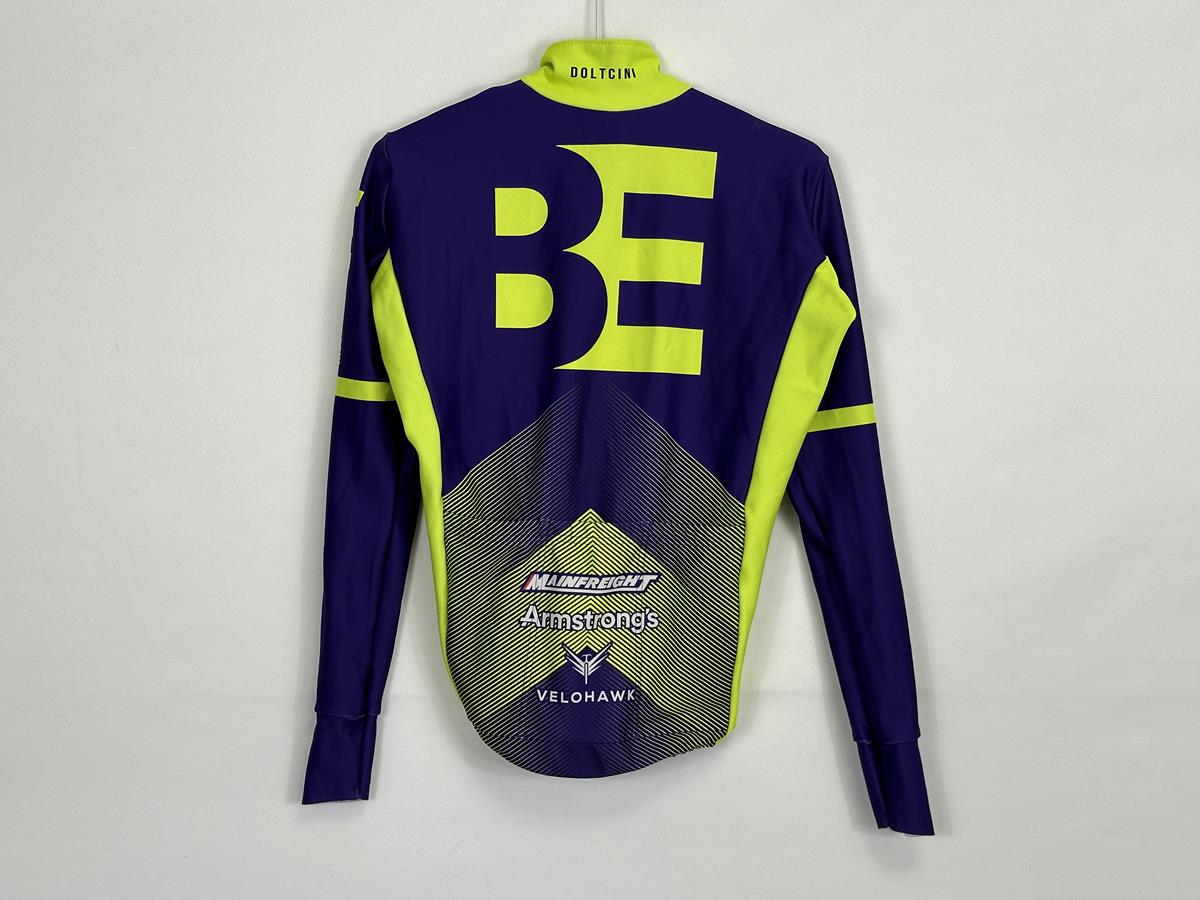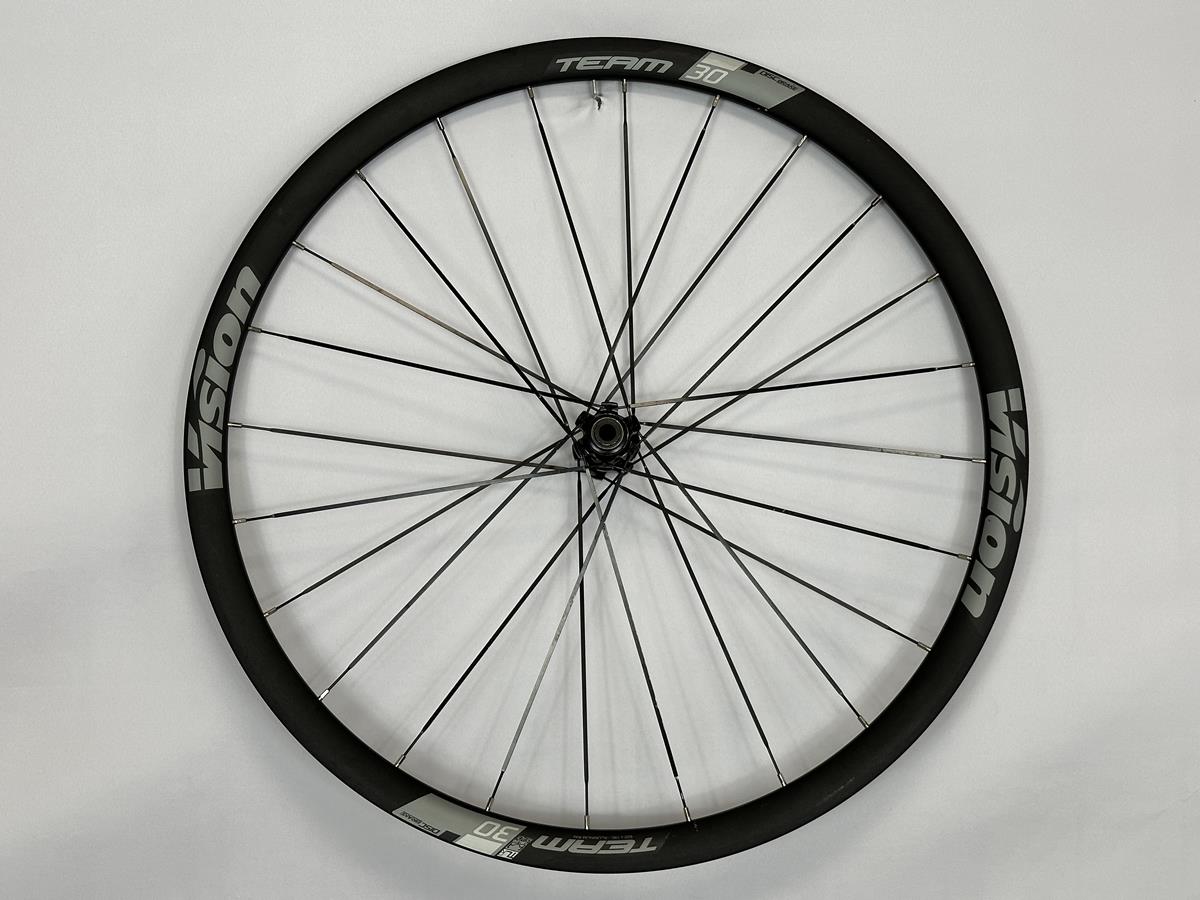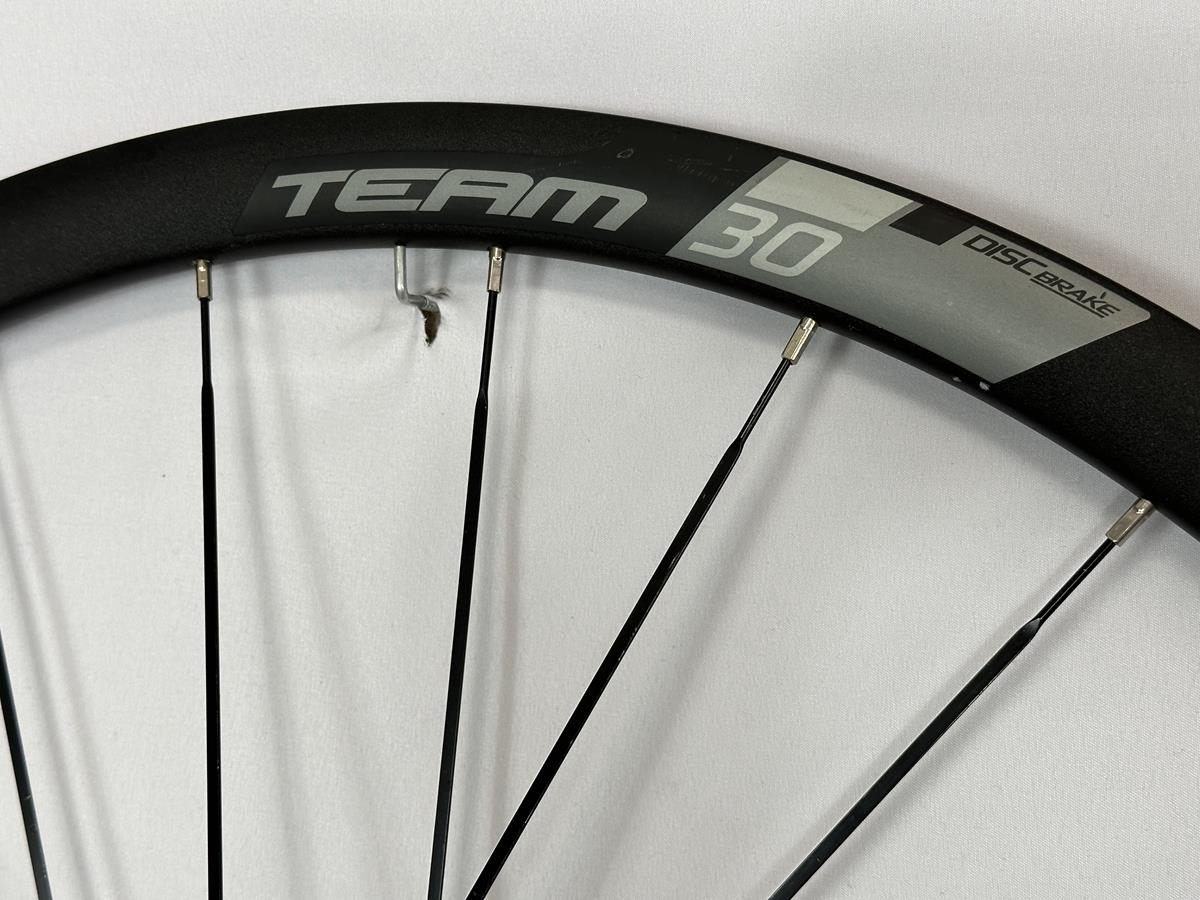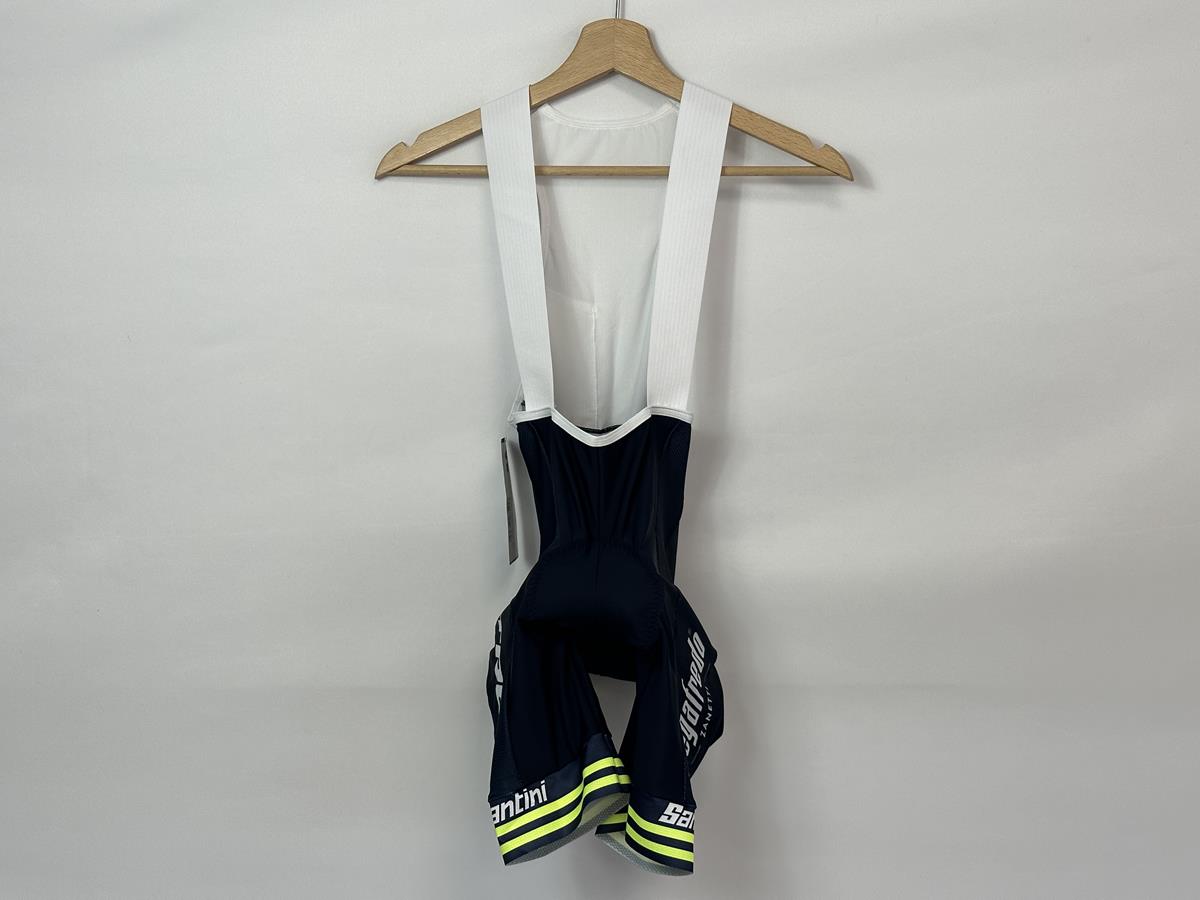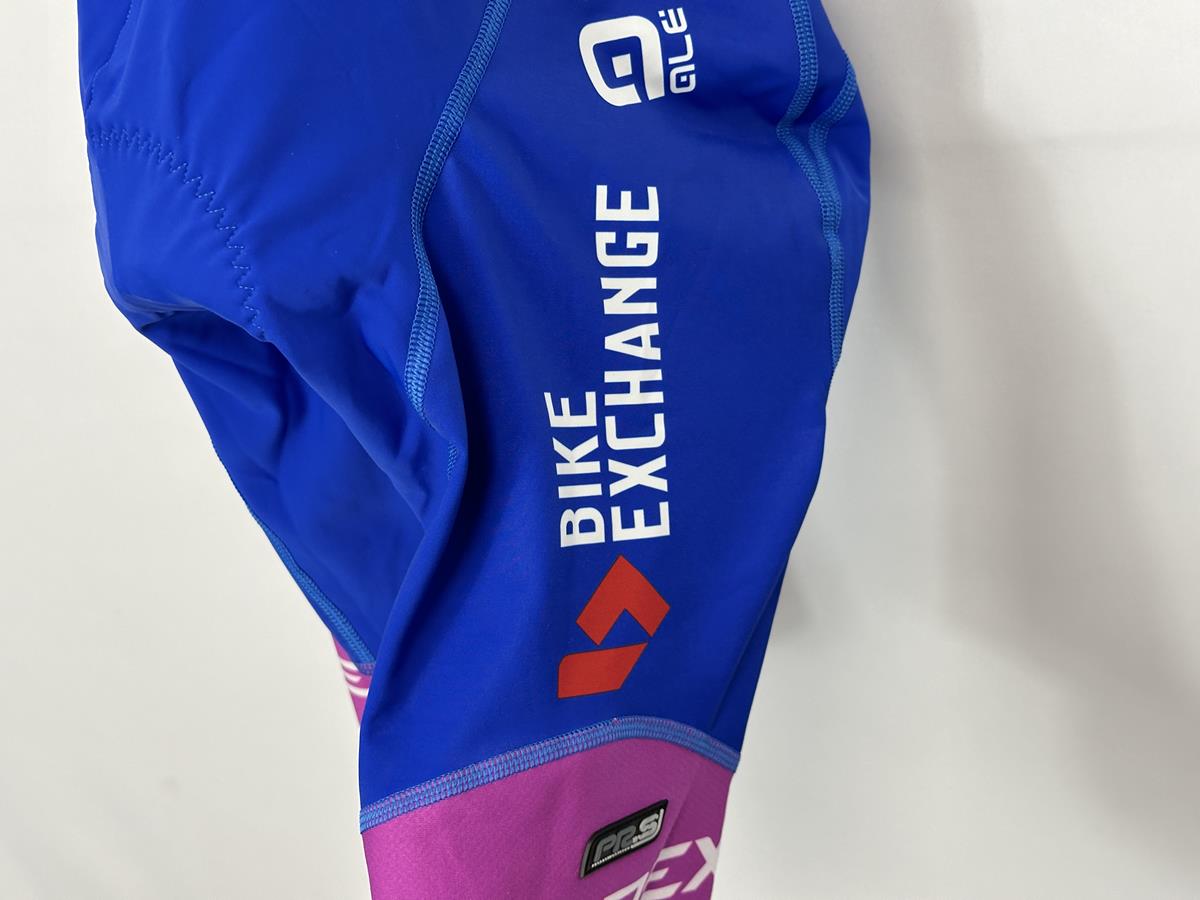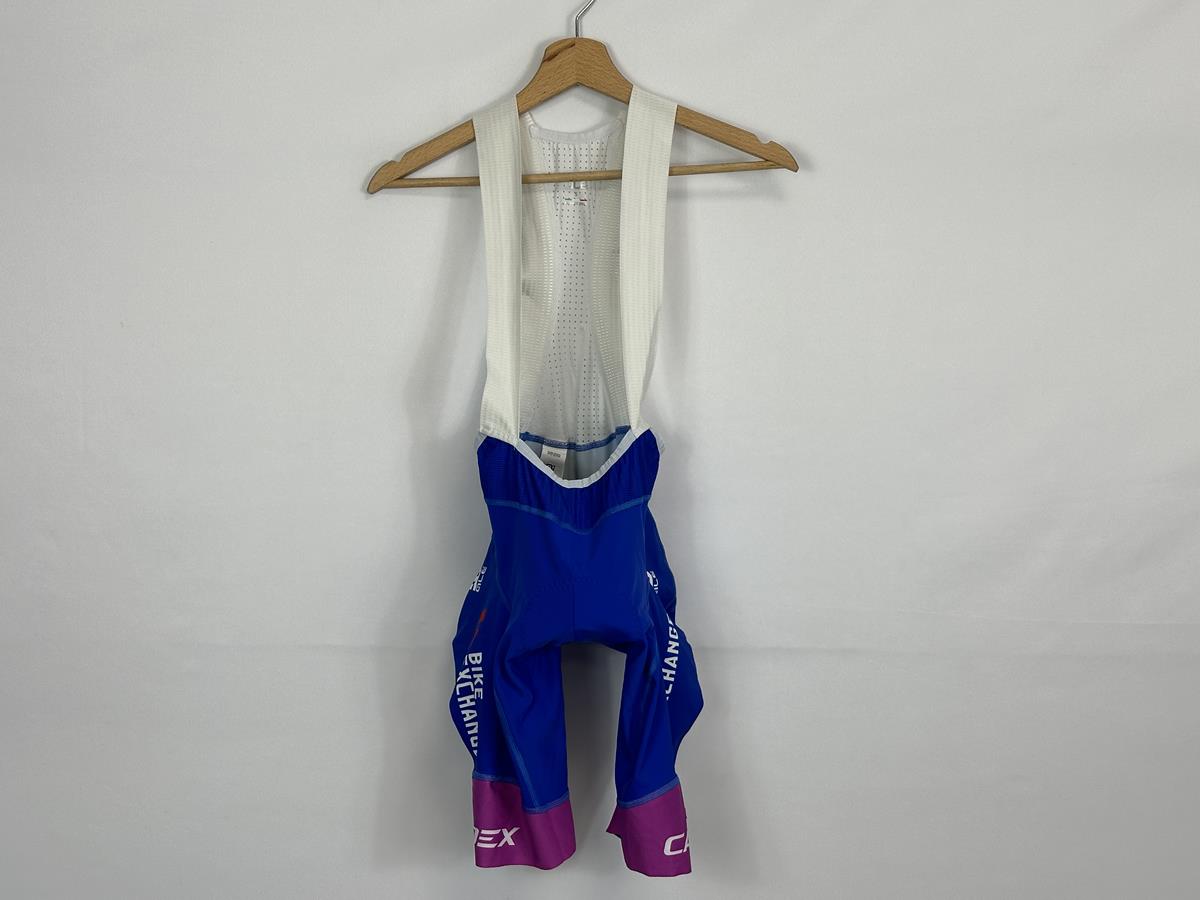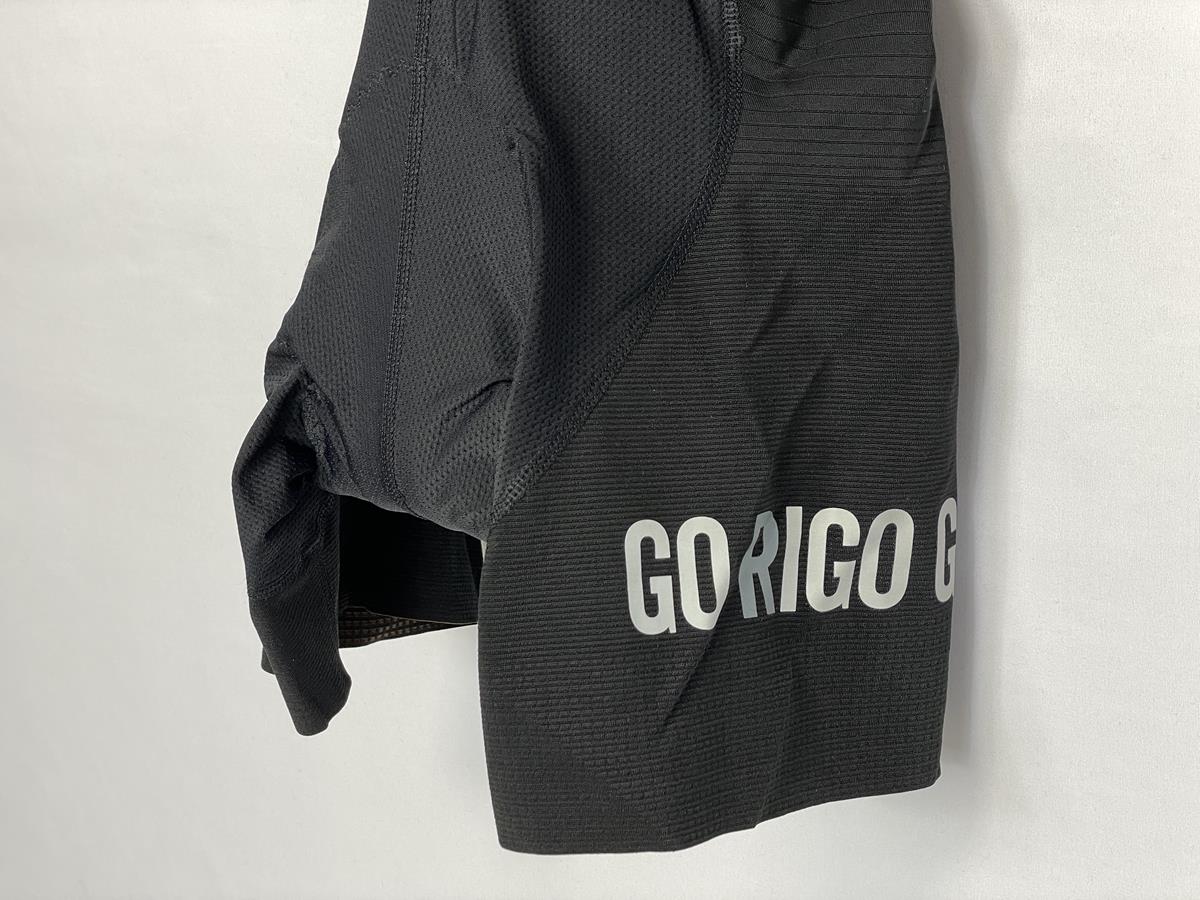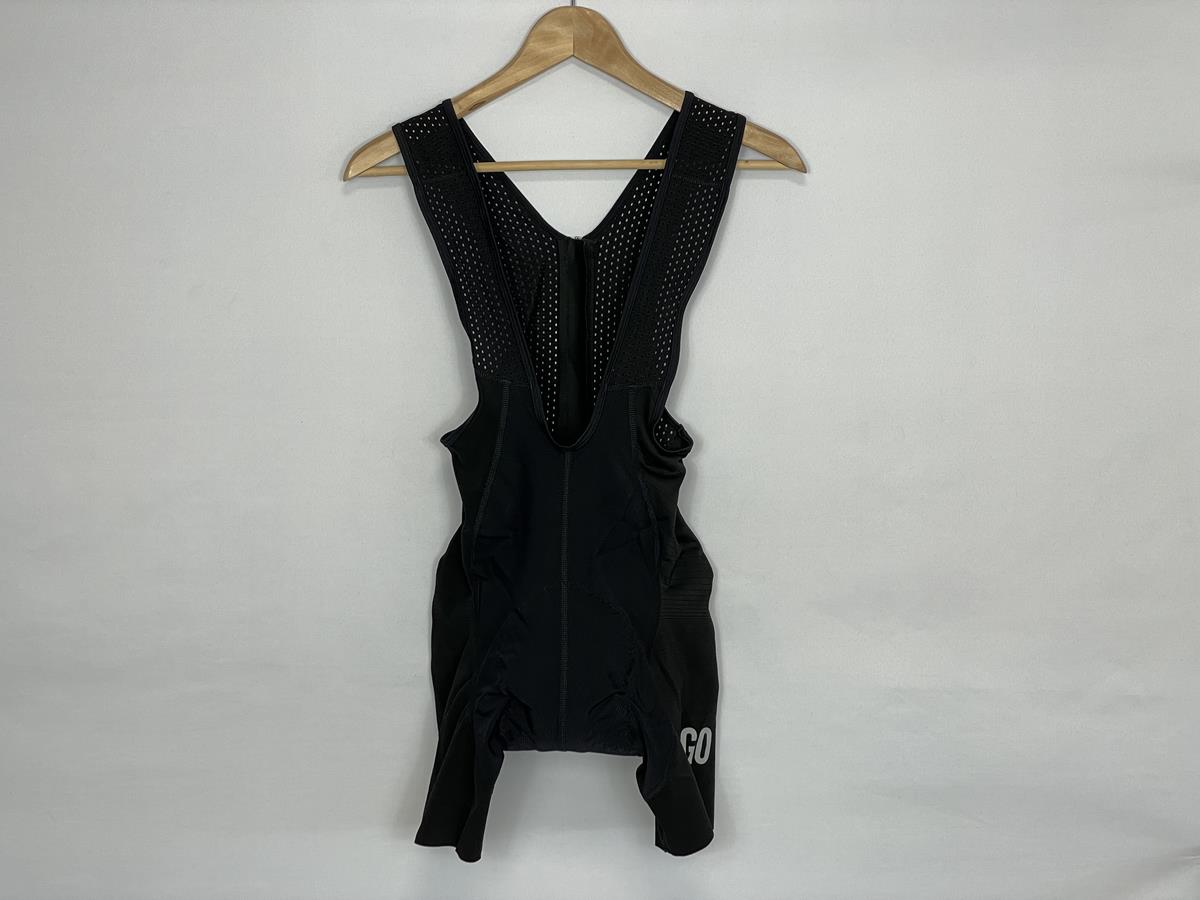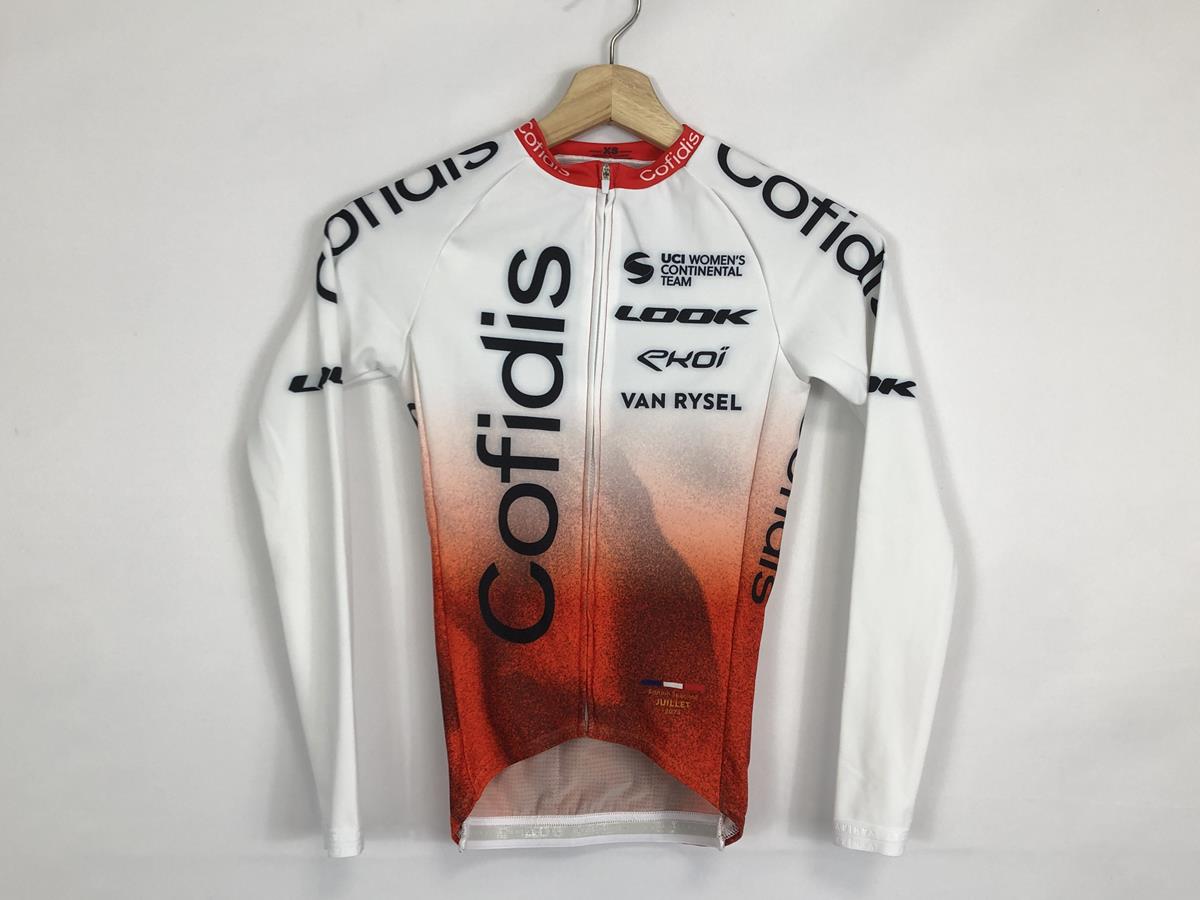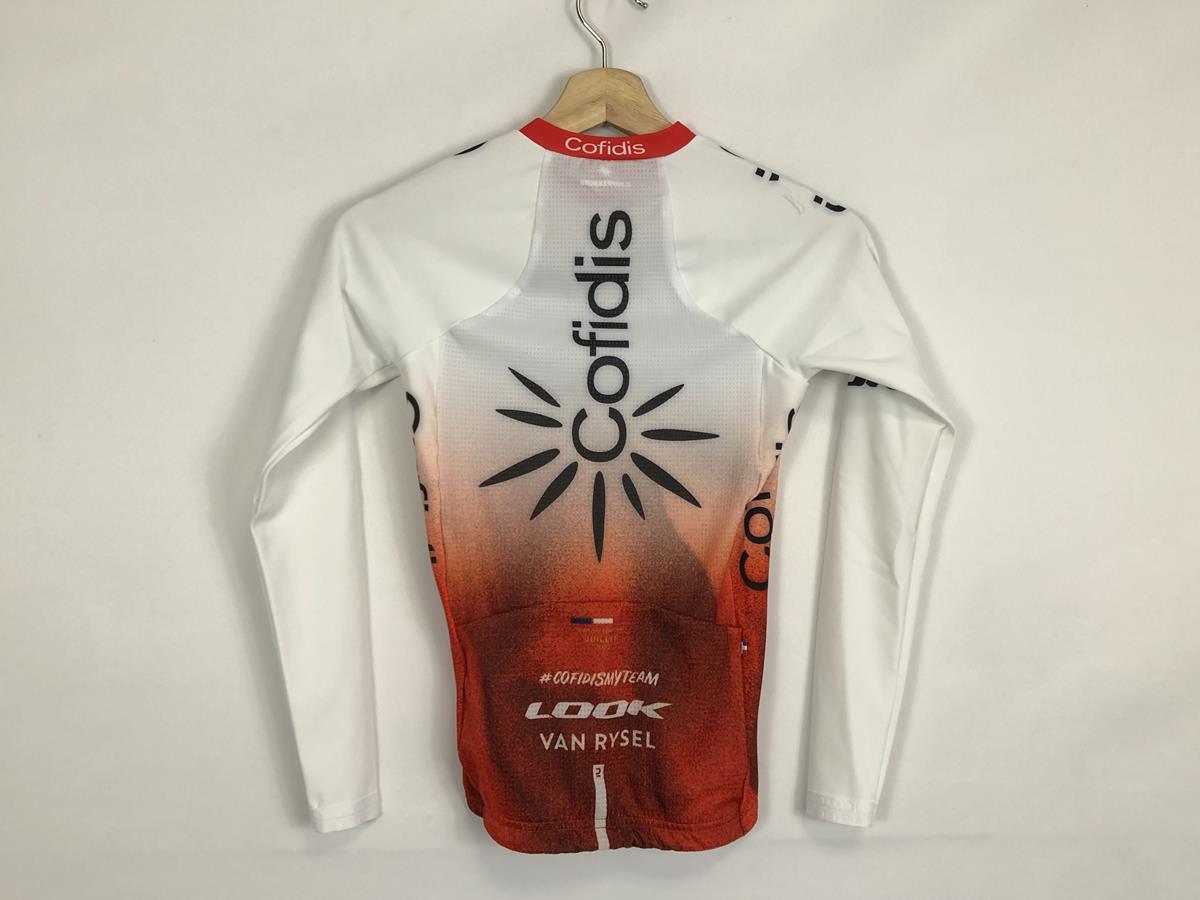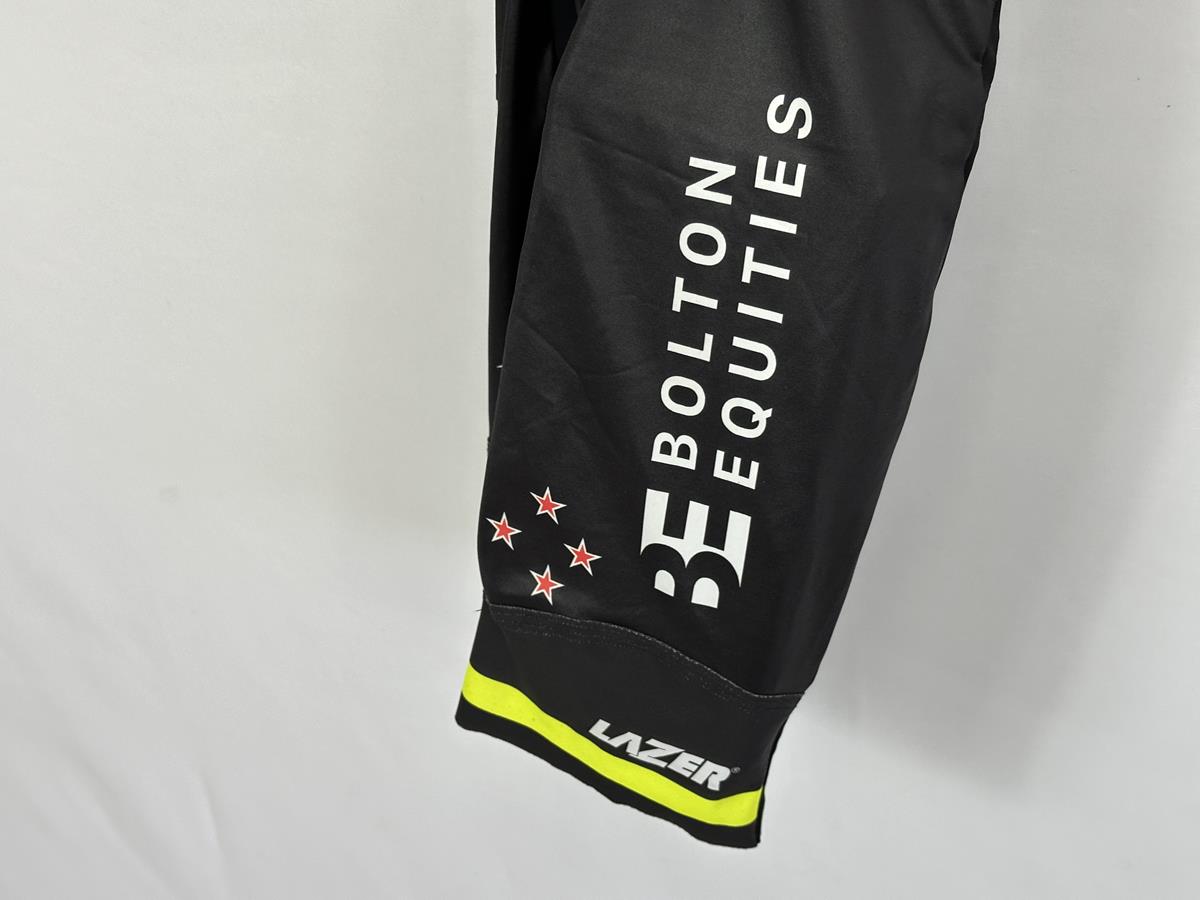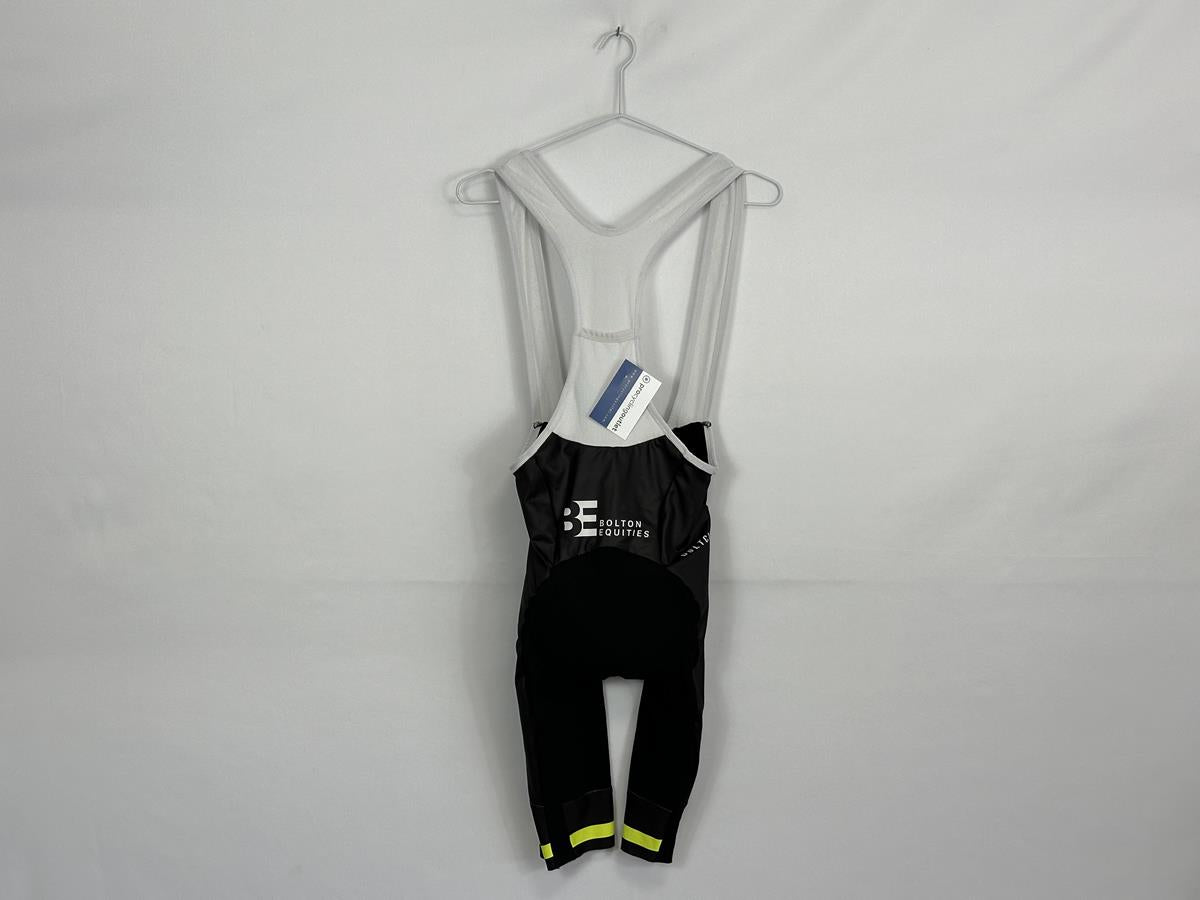Cycling caps are not just a fashion accessory; they serve practical purposes for cyclists, providing protection from the elements and enhancing comfort during rides. Here's a comprehensive guide to help you choose and understand the benefits of cycling caps:
How do I choose a cycling cap?
-
Fit: Look for a cycling cap that fits snugly but comfortably on your head. It should not be too tight or too loose.
-
Material: Opt for a cycling cap made from lightweight, breathable, and moisture-wicking fabric to keep you cool and dry during rides.
-
Visor: Consider whether you prefer a cap with a short or long visor. A longer visor provides better protection from the sun and rain.
-
Design: Choose a design that reflects your style and personality. Cycling caps come in various colors, patterns, and designs, so you're sure to find one that suits your taste.
-
Versatility: Some cycling caps feature reversible designs or removable visors, offering versatility for different riding conditions.
Is it good to wear a cap while cycling?
Wearing a cycling cap offers several benefits for cyclists:
-
Sun Protection: The visor helps shield your eyes and face from harmful UV rays, reducing the risk of sunburn and sun damage.
-
Rain Protection: In light rain, a cycling cap can help keep water out of your eyes, enhancing visibility and comfort.
-
Sweat Absorption: Cycling caps are designed to absorb sweat and moisture, preventing it from dripping into your eyes and keeping your head dry.
-
Temperature Regulation: In hot weather, a cycling cap helps regulate temperature by wicking away sweat and providing shade, keeping you cooler and more comfortable.
Overall, wearing a cycling cap can improve your riding experience by providing protection and comfort in various weather conditions.
What is the difference between a cycling cap and a normal cap?
While both cycling caps and normal caps may look similar, they serve different purposes:
-
Design: Cycling caps typically feature a shorter brim or visor compared to normal caps. This design provides sun and rain protection without obstructing vision while riding.
-
Material: Cycling caps are made from lightweight, breathable, and moisture-wicking fabrics, whereas normal caps may use heavier materials designed for fashion rather than performance.
-
Fit: Cycling caps are often designed to fit snugly under a helmet, with a low-profile construction to minimize bulk. Normal caps may have a looser fit and a higher profile.
In summary, cycling caps are specifically designed for cyclists, offering practical features and performance-oriented materials to enhance comfort and protection during rides.
By considering factors like fit, material, design, and versatility, you can choose the perfect cycling cap to complement your cycling gear and improve your riding experience. Whether you're riding in sunny or rainy conditions, a cycling cap is a valuable accessory to have on your rides.







